


Model Of Scientific Laboratory For Assembled Toys
Explore the Model of Scientific Laboratory for Assembled Toys: A Perfect Blend of Education and Fun
The Model of Scientific Laboratory for Assembled Toys is an innovative concept designed to engage children and young learners in the fascinating world of science through hands-on activities. This model offers an interactive and educational experience, allowing children to assemble and learn about various scientific principles while creating their own toys. The combination of play, creativity, and learning encourages exploration and discovery in a fun, engaging way. Whether used in educational settings, at home, or as part of a STEM-based curriculum, this scientific laboratory for assembled toys serves as an invaluable tool for fostering curiosity and scientific thinking.
Key Features of the Model of Scientific Laboratory for Assembled Toys
1. Hands-On Learning Experience
At the heart of the Model of Scientific Laboratory for Assembled Toys is the concept of hands-on learning. Children can assemble and construct various toys that are not only fun to build but also demonstrate scientific principles in action. These activities range from simple machines and circuits to more complex robotics and engineering projects. This hands-on approach allows children to better understand how things work, fostering a deeper understanding of science, technology, engineering, and mathematics (STEM).
2. Educational and Interactive Play
The model integrates educational toys with interactive play, ensuring that children engage with the material in a meaningful way. Each toy or project that children assemble is designed to teach a specific scientific principle, such as motion, force, magnetism, or electrical circuits. By constructing these toys, children actively apply their knowledge and see real-world applications of the concepts they are learning. This method enhances retention and critical thinking skills while encouraging problem-solving and experimentation.
3. Diverse Toy Options for Learning Different Concepts
The Model of Scientific Laboratory for Assembled Toys offers a wide variety of toys and projects that cater to different scientific concepts. Some examples include:
- Mechanical Toys: Toys that demonstrate simple machines, such as levers, pulleys, and gears. These projects help children understand how machines work and how force and motion are related.
- Electrical and Circuit Toys: Toys that introduce basic concepts of electrical circuits and conductivity, where children can create simple electronic gadgets.
- Robotics and Motion Toys: Kits that allow children to build robotic structures and learn about motion, motors, and sensors.
- Chemical Reaction Toys: Kits where children can conduct safe experiments that demonstrate chemical reactions and other scientific phenomena.
The variety of toys ensures that children can explore different areas of science, encouraging their curiosity and broadening their knowledge base.
4. Safe and Age-Appropriate Materials
All components of the scientific laboratory model are designed to be safe and age-appropriate. The materials used in the kits are non-toxic, durable, and designed with safety in mind, ensuring that children can explore and build without risk. The complexity of the projects can vary, allowing the laboratory model to be suitable for a wide range of age groups, from younger children learning basic principles of physics to older kids building more advanced mechanical or robotic toys.
5. Stimulates Creativity and Critical Thinking
In addition to learning scientific concepts, the Model of Scientific Laboratory for Assembled Toys encourages creativity and critical thinking. By assembling the toys, children must follow instructions, troubleshoot issues, and think creatively to make adjustments or improvements to their designs. This process develops problem-solving skills and enhances cognitive development, which are essential in both academic settings and everyday life.
Why You Should Choose the Model of Scientific Laboratory for Assembled Toys
1. Fosters STEM Education Early On
The Model of Scientific Laboratory for Assembled Toys is an excellent way to introduce young learners to STEM (Science, Technology, Engineering, and Mathematics) education. Early exposure to these subjects can spark a lifelong interest in science and technology and provide a strong foundation for future studies in these fields. Assembling toys allows children to engage in experiential learning, which is a proven method for building interest and competence in STEM subjects.
2. Builds Problem-Solving and Analytical Skills
The process of assembling toys based on scientific principles requires children to think critically and solve problems. They learn to analyze instructions, identify potential challenges, and find solutions. These skills are not only valuable in scientific and engineering fields but also have broad applications in everyday life. By solving problems during the toy assembly process, children develop a growth mindset, learning that challenges can be overcome with perseverance and creative thinking.
3. Encourages Collaboration and Teamwork
Many of the toy assembly projects in the scientific laboratory model can be done in teams or small groups, fostering collaboration and teamwork. Children can work together, share ideas, and learn from each other’s strengths. This collaborative approach helps children develop communication skills and teaches them the value of working together to achieve common goals. It also enables them to see how teamwork can enhance the problem-solving process and lead to more creative solutions.
4. Hands-On Approach to Learning
The hands-on nature of the Gongtenon Mao Ancient Building Zuiweng Pavilion helps children learn by doing, which has been shown to be one of the most effective ways to understand complex concepts. Instead of simply reading about or listening to scientific principles, children actively engage with them by constructing and testing their own designs. This active involvement makes the learning experience more meaningful and memorable.
5. Stimulates Curiosity and Exploration
The interactive and engaging nature of this model encourages children to ask questions, explore different ideas, and experiment with various designs. It fosters a sense of curiosity and a desire to learn more about how the world works. As children explore different scientific concepts through the toys they build, they are motivated to learn more about science and discover new ways to apply their knowledge.
Applications of the Model of Scientific Laboratory for Assembled Toys
1. Educational Settings
In classrooms or science clubs, the Model of Scientific Laboratory for Assembled Toys can serve as an invaluable teaching tool. Teachers can use it to introduce and reinforce scientific concepts in a way that engages students and encourages hands-on learning. It’s an ideal way to bring theoretical knowledge to life and make learning interactive.
2. At-Home Learning and Family Bonding
Parents can use the scientific laboratory kits as an educational tool to teach children about science while spending quality time together. Assembling the toys can be a fun, interactive bonding experience that also enhances learning. It provides children with the opportunity to explore science in a relaxed, enjoyable environment, fostering curiosity and encouraging a lifelong love of learning.
3. Summer Camps and Workshops
The Model of Scientific Laboratory for Assembled Toys is an ideal addition to summer camps or science workshops. Children attending these programs can work in teams to build and explore different toys, participating in activities that develop their scientific knowledge and problem-solving skills. It’s a great way to make learning about science exciting and interactive in a group setting.
Conclusion
The Model of Scientific Laboratory for Assembled Toys is more than just an educational tool—it is a bridge that connects learning with fun and creativity. By engaging children in the process of assembling toys that demonstrate scientific principles, this model fosters intellectual curiosity, critical thinking, and creativity. Whether used in classrooms, at home, or during group workshops, it’s an invaluable tool for developing the next generation of scientists, engineers, and creative thinkers.
Product information:
Material: wooden
Category: three-dimensional puzzle
Specification: 115 * 64 * 117 mm
Training ability: ability to use hands and brains
Process: laser cutting
Applications: counting
Number of accessories: 150
Installation time: 3 hours
Installation difficulty: ★★★☆☆
Packing list:
Puzzle X1PCS





The product may be provided by a different brand of comparable quality.
The actual product may vary slightly from the image shown.
Shop amazing plants at The Node – a top destination for plant lovers

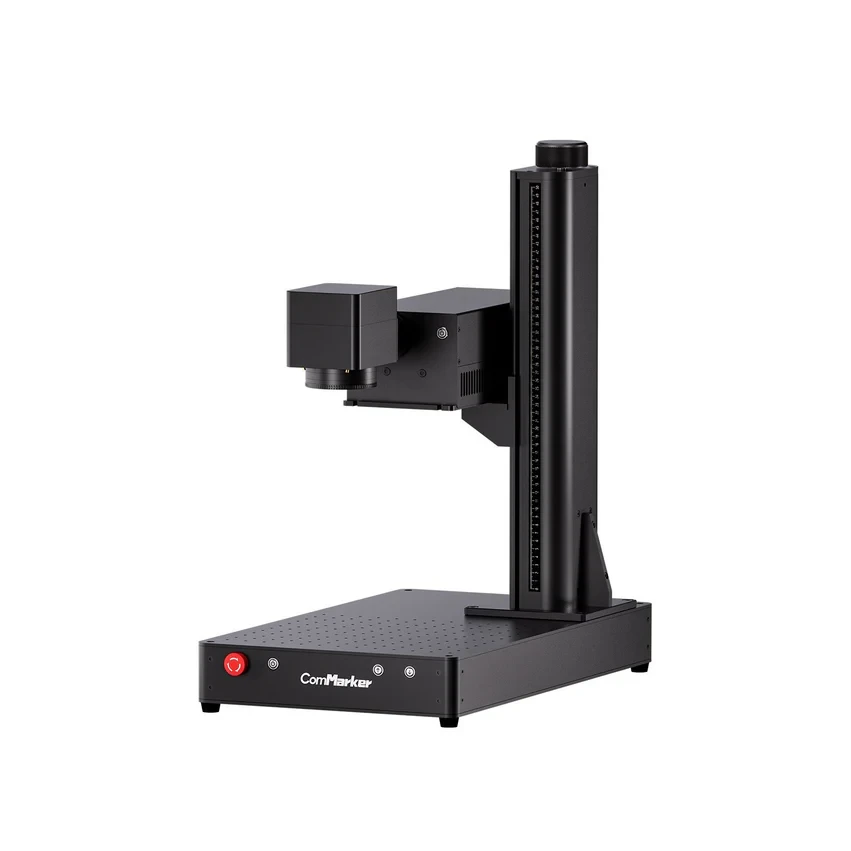
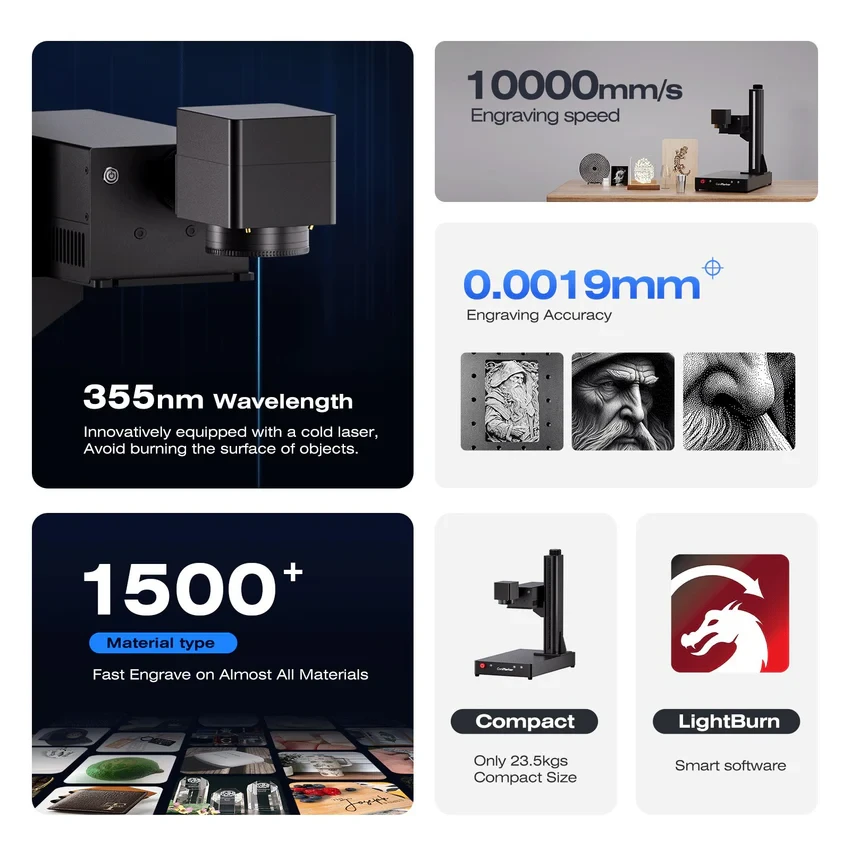
.webp)
.webp)
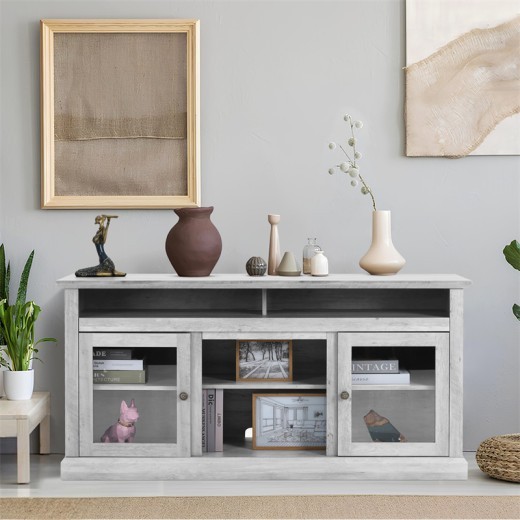
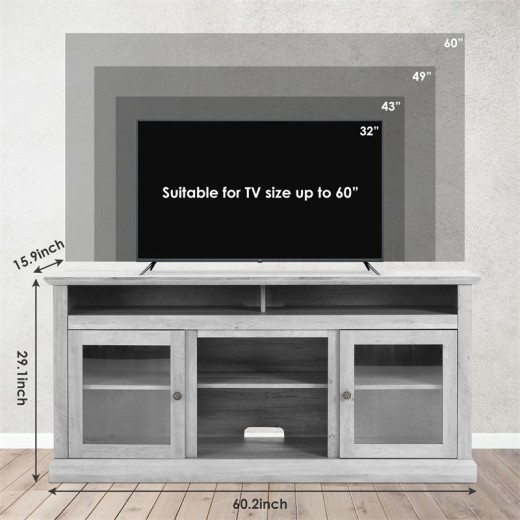
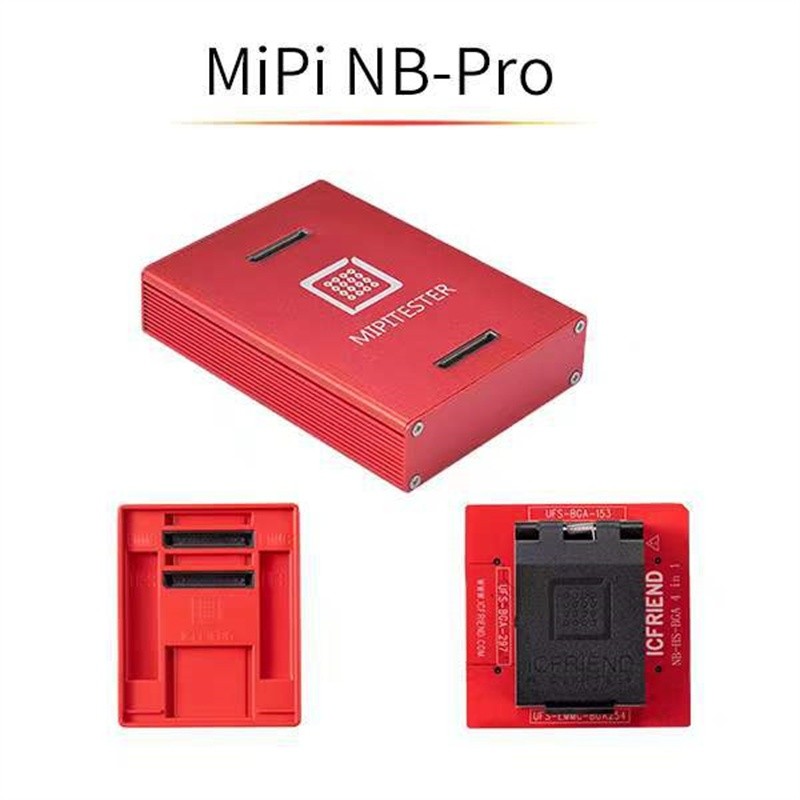
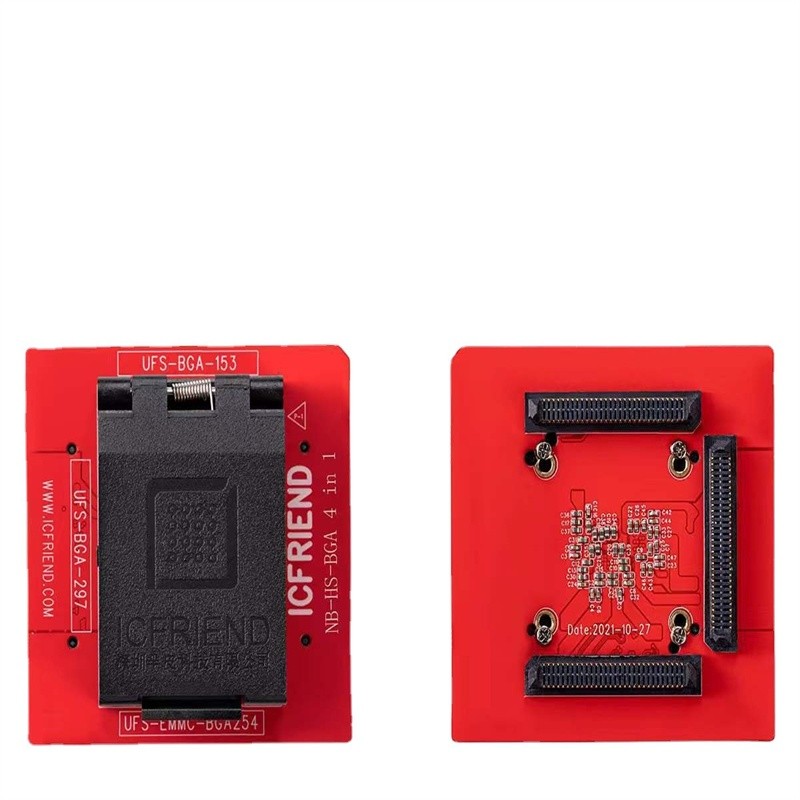
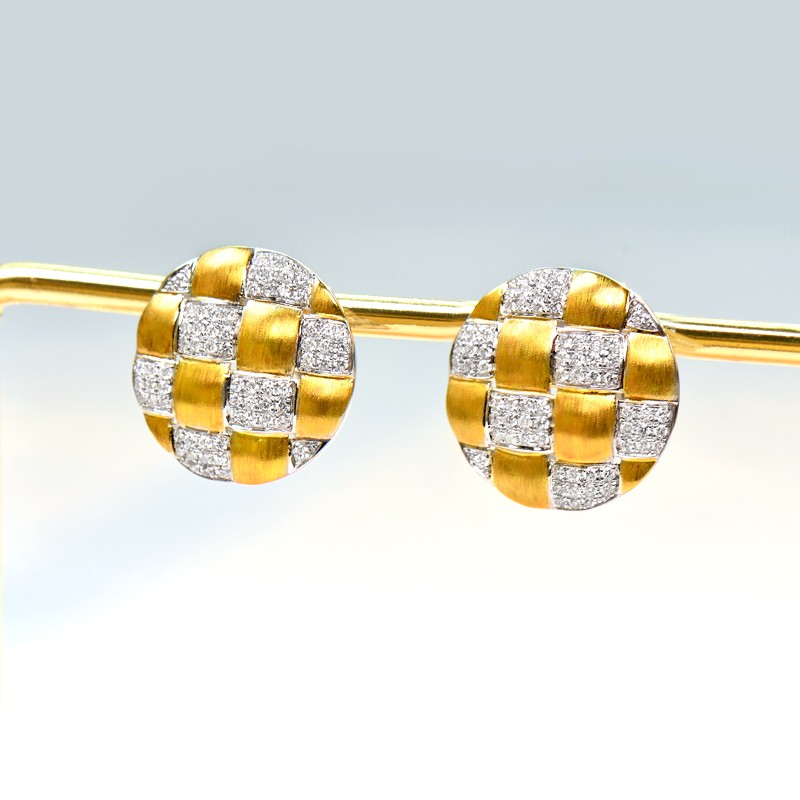
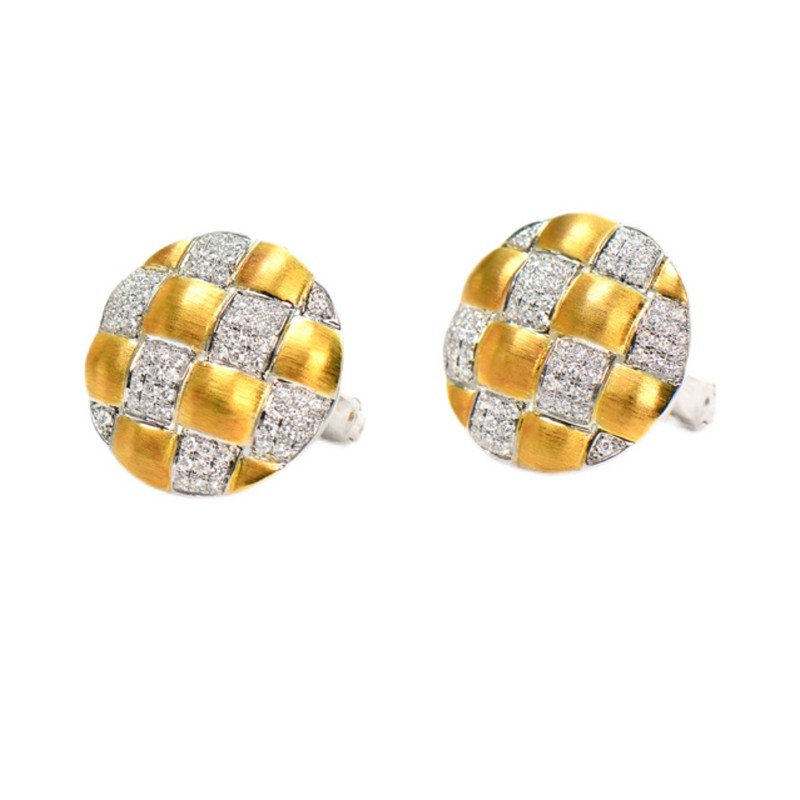
.webp)
.webp)
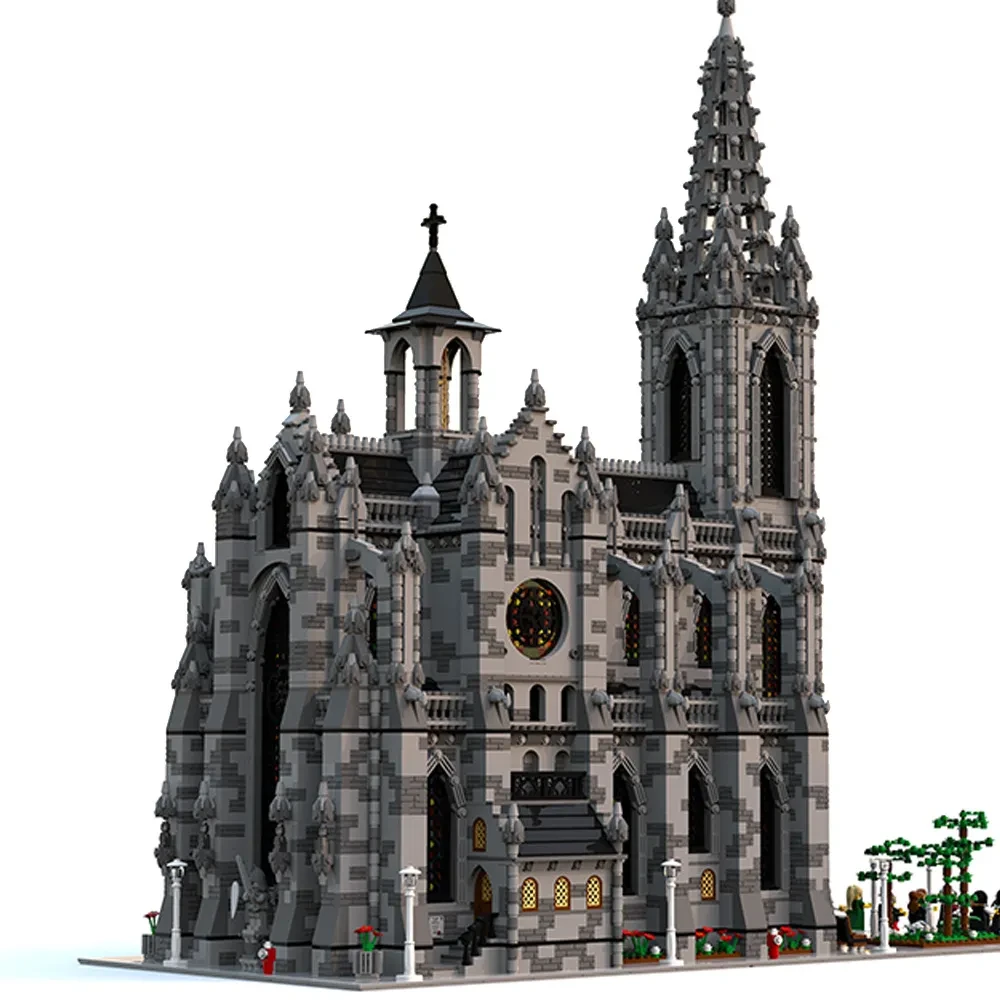
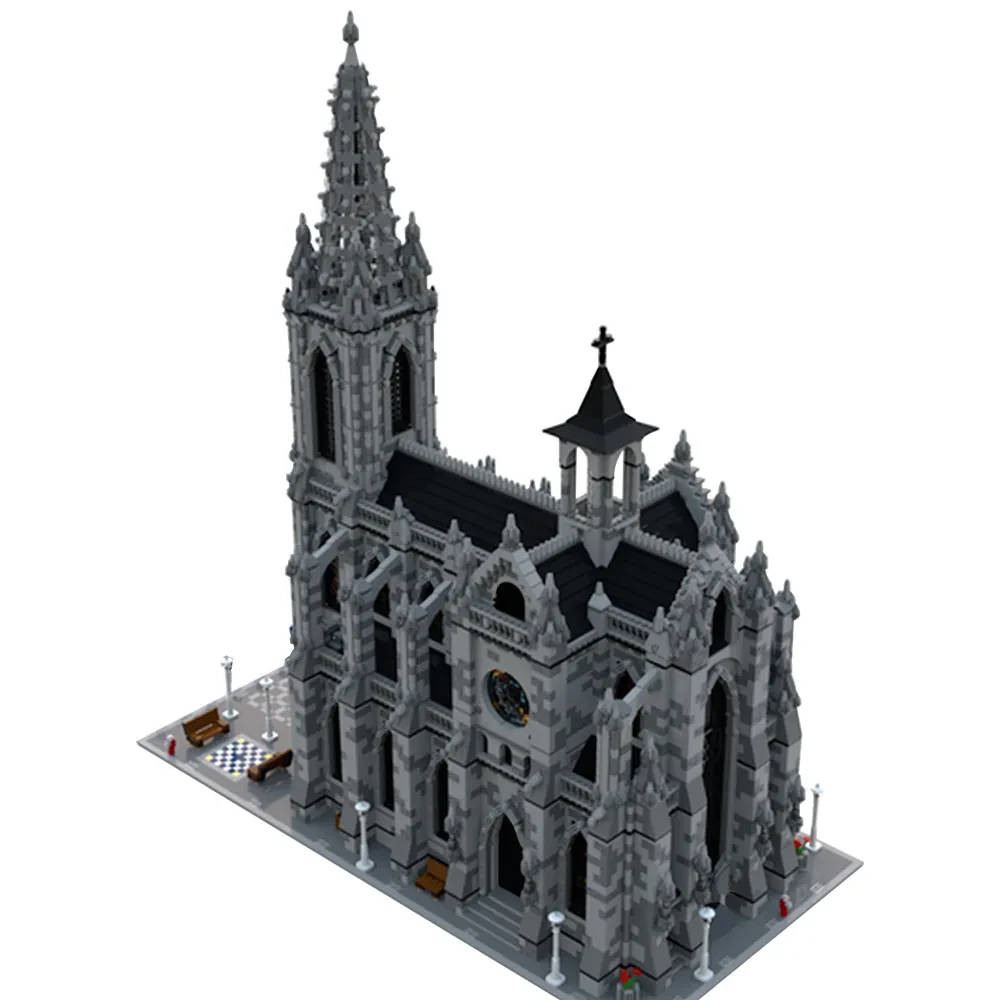

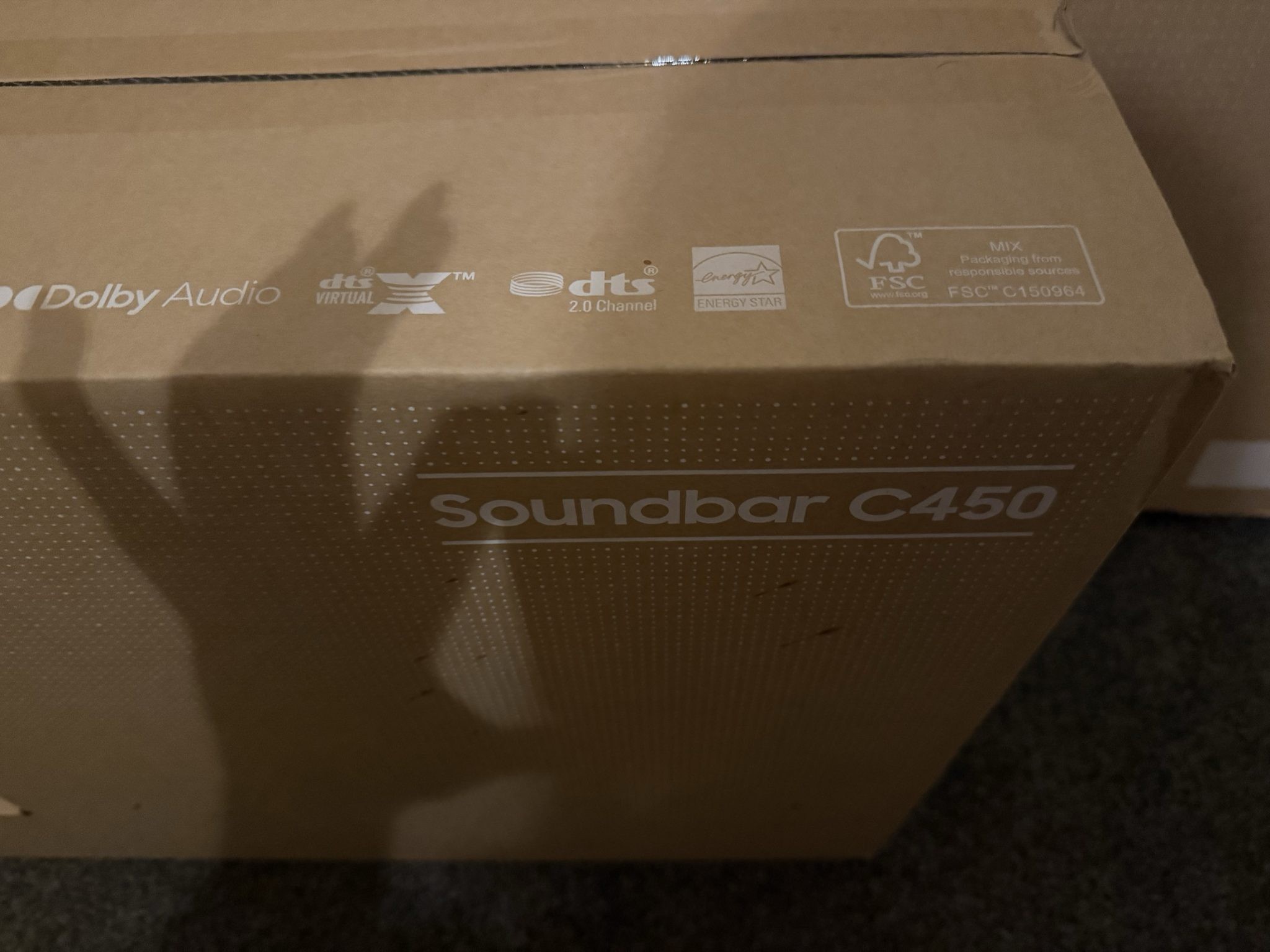









.jpg)
















































ulva-Logo.jpg)
